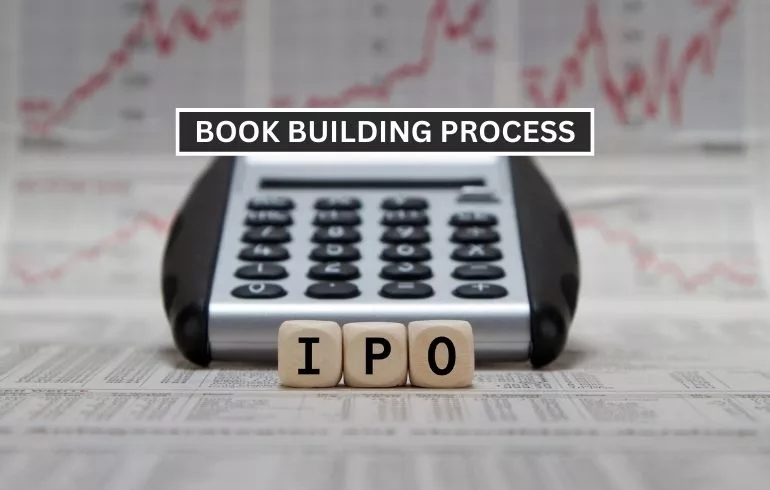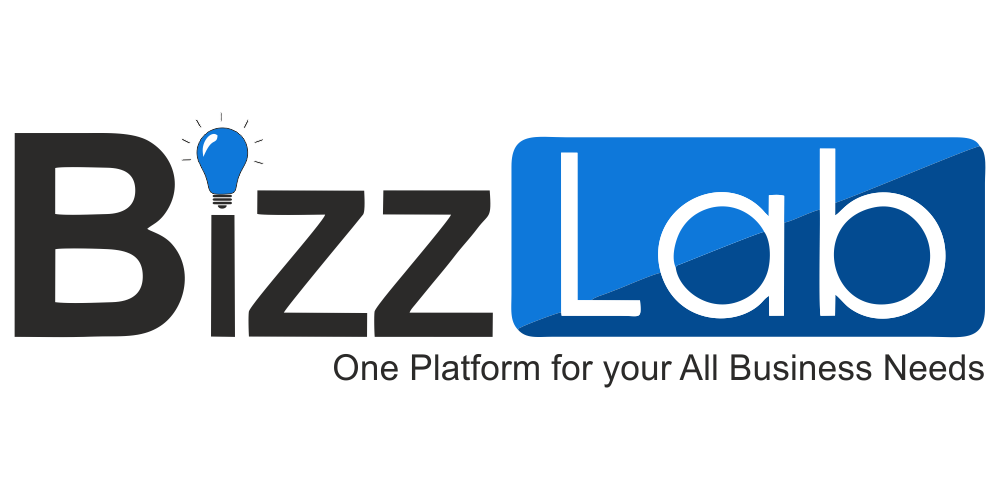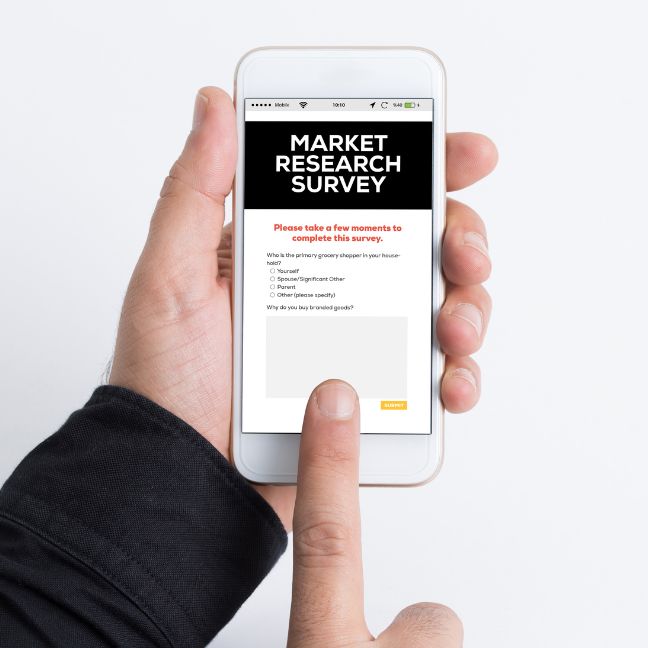
What is Book Building Process in IPO
The book building process is a method used to determine the price at which shares of a company will be offered to the public during an Initial Public Offering (IPO). It is a price discovery mechanism that allows the market to determine the IPO price, as opposed to the traditional fixed price method where the company and its underwriters set a fixed price for the shares.
Here's how the book building process works in an IPO:
Appointment of Book Running Lead Managers (BRLMs): The company going public appoints one or more investment banks as Book Running Lead Managers (BRLMs). These BRLMs are responsible for managing the IPO process, which includes pricing the shares.
Price Range Determination: The BRLMs, in consultation with the company, determine a price range within which the shares will be offered. This range includes a minimum (floor) price and a maximum (cap) price. For example, if a company plans to offer shares at a price between $20 and $25, this becomes the indicative price range.
Marketing and Roadshows: The company and the BRLMs conduct roadshows to promote the IPO to potential investors. During these roadshows, institutional and retail investors are provided with information about the company's business, financials, and growth prospects.
Bid Collection: Investors submit their bids specifying the quantity of shares they want and the price at which they are willing to purchase the shares. These bids can be at any price within the indicative price range.
Book Building Period: The bidding process typically lasts for a few days. During this period, investors, especially institutional investors, revise their bids based on the demand and market conditions.
Price Discovery: The BRLMs continuously monitor the bids and determine the demand for shares at different price levels. They also track the cumulative demand at various prices. This information helps in price discovery.
Price Fixing: At the end of the book building period, the BRLMs and the company decide on the final offer price based on the demand and bids received. This price is typically set at the level where demand and supply are most balanced. The price can be at the floor price, cap price, or within the price range.
Allocation of Shares: Once the final price is determined, the shares are allocated to investors. Allocation is typically pro-rata based on the bids received. Those who bid closer to or at the final offer price have a higher chance of receiving shares.
Listing: After the final price is determined, and shares are allocated, the company's shares are listed on the stock exchange, and trading begins.



















